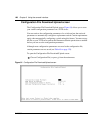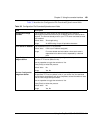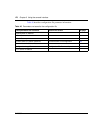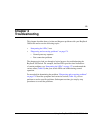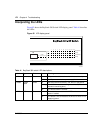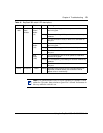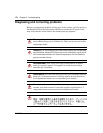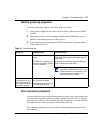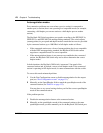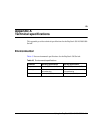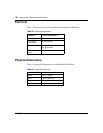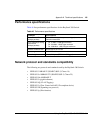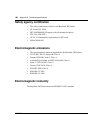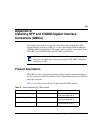
176 Chapter 4 Troubleshooting
212859-A
Autonegotiation modes
Port connection problems can occur when a port (or station) is connected to
another port (or station) that is not operating in a compatible mode (for example,
connecting a full-duplex port on one station to a half-duplex port on another
station).
The BayStack 380 Switch negotiates port speeds according to the IEEE 802.3u,
IEEE 802.3z, and IEEE 802.3ab autonegotiating standards. The switch adjusts
(autonegotiates) its port speed and duplex mode to match the best service provided
by the connected station, up to 1000 Mb/s in full-duplex mode as follows:
• If the connected station uses a form of autonegotiation that is not compatible
with the IEEE autonegotiating standard, the BayStack 380 Switch cannot
negotiate a compatible mode for correct operation.
• If the autonegotiation feature is not present or not enabled at the connected
station, the BayStack 380 Switch may not be able to determine the correct
duplex modes.
In both situations, the BayStack 380 Switch “autosenses” the speed of the
connected station and, by default, reverts to half-duplex mode. If the connected
station is operating in full-duplex mode, it cannot communicate with the switch.
To correct this mode mismatch problem:
1 Use the Port Configuration screen to disable autonegotiation for the suspect
port (see “Port Configuration screen” on page 131).
2 Manually set the Speed/Duplex field to match the speed/duplex mode of the
connected station (see Table 24 on page 132).
You may have to try several settings before you find the correct speed/duplex
mode of the connected station.
If the problem persists:
1 Disable the autonegotiation feature at the connected station.
2 Manually set the speed/duplex mode of the connected station to the same
speed/duplex mode you have manually set for the BayStack 380 Switch port.



